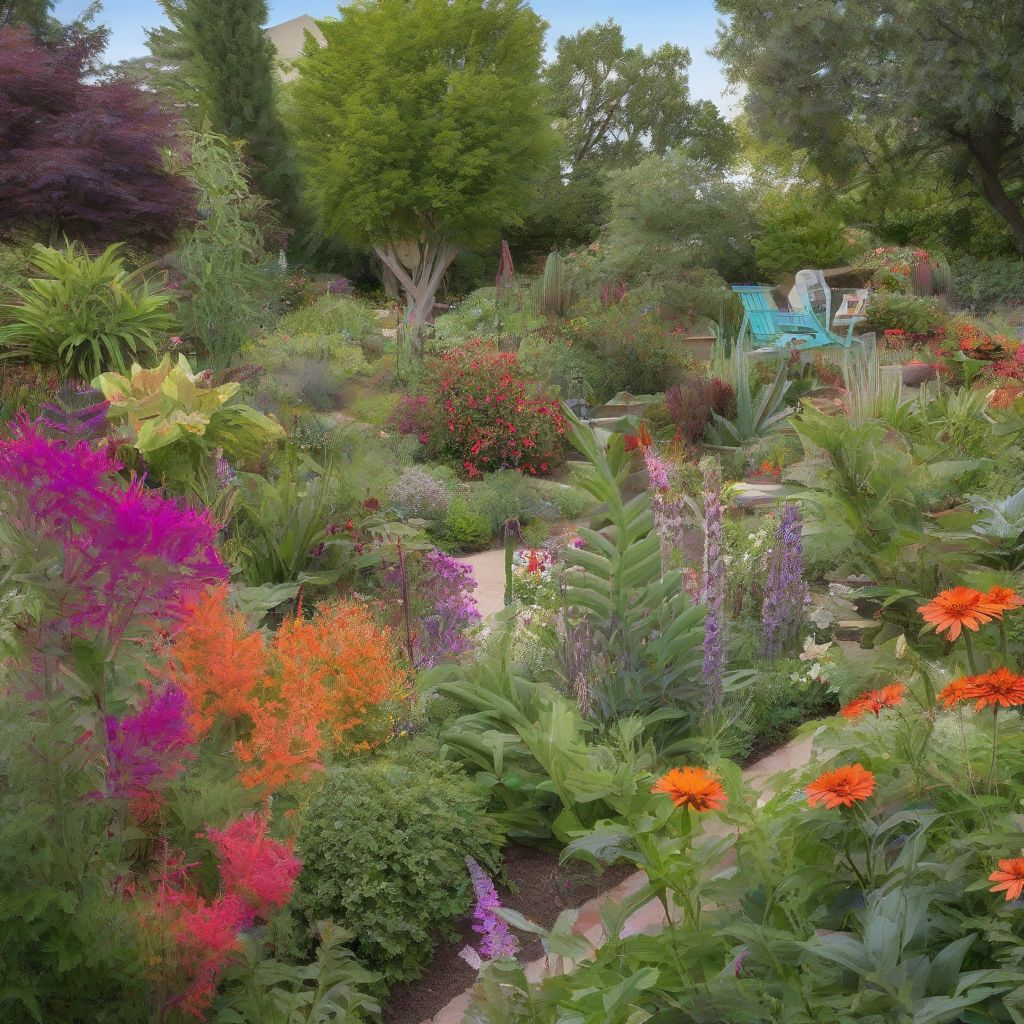Have you ever dreamt of waking up to the gentle chirping of birds, the flutter of butterfly wings, or maybe even a curious squirrel peeking from behind a leafy branch? Transforming your garden into a haven for local wildlife isn’t just a dream; it’s an achievable goal that benefits both nature and your well-being. Let’s delve into how you can create a thriving ecosystem right outside your doorstep.
Understanding Your Local Ecosystem
Before diving into planting and landscaping, take some time to understand the specific needs of your local wildlife.
Research Native Plants
Native plants are the foundation of a wildlife-friendly garden. They are adapted to your local climate, require less maintenance, and provide familiar food and shelter for native animals. A simple online search for “native plants in [your region]” can yield a wealth of information.
Identify Local Wildlife
What kind of creatures are you hoping to attract? Birds, butterflies, bees, or maybe even small mammals? Each species has unique needs. For instance, hummingbirds are drawn to brightly colored, tubular flowers, while butterflies prefer flat-topped flowers for easy landing.
 Native Plants Garden
Native Plants Garden
Designing Your Wildlife Garden
A well-designed wildlife garden mimics the natural environment, providing the essential elements for survival: food, water, shelter, and places to raise young.
Food Sources
- Plant a variety of native plants: Include trees, shrubs, flowers, and grasses that bloom and fruit at different times of the year, providing a consistent food supply.
- Avoid pesticides: These chemicals can harm beneficial insects and the animals that rely on them for food.
- Embrace “messiness”: Allow some areas of your lawn to grow longer, leave leaf piles in the fall, and keep dead trees standing if they pose no safety hazard, as they provide valuable habitats and food sources.
Water Sources
- Create a small pond: A pond, even a miniature one, can attract a diverse range of wildlife. Include shallow areas for birds to bathe and deeper sections for aquatic life.
- Provide a birdbath: Choose a birdbath with a shallow, sloping basin and refresh the water regularly.
- Consider a dripper or mister: The sound of dripping water can attract birds and other animals.
Shelter and Nesting Sites
- Plant trees and shrubs: Dense vegetation offers protection from predators and the elements. Native trees, especially those that bear fruit or nuts, are particularly valuable.
- Build birdhouses and nesting boxes: Different species have specific preferences for size, shape, and placement.
- Leave a brush pile: A pile of branches, logs, and leaves in a corner of your yard provides shelter for small mammals, reptiles, and amphibians.
Limit Artificial Light
Excessive artificial light at night can disrupt the natural rhythms of wildlife, affecting navigation, feeding, and sleep patterns. Choose outdoor lighting options that are shielded, motion-activated, or use warm-colored bulbs.
Maintaining Your Wildlife Garden
Once your garden is established, regular maintenance will ensure its continued success.
- Water wisely: Native plants generally require less water than non-native species. Water deeply but infrequently, encouraging deep root growth.
- Mulch around plants: Mulch helps retain moisture, suppresses weeds, and provides habitat for beneficial insects.
- Remove invasive species: Invasive plants can quickly outcompete native species, reducing food and shelter for wildlife.
The Rewards of a Wildlife-Friendly Garden
Creating a garden that supports local wildlife offers numerous rewards:
- Increased biodiversity: A variety of plants attracts a greater diversity of animals, creating a more balanced and resilient ecosystem.
- Natural pest control: Beneficial insects, birds, and other wildlife help control pest populations naturally, reducing the need for pesticides.
- Enhanced beauty and enjoyment: Imagine the joy of watching hummingbirds flit between flowers, butterflies dancing in the breeze, and fireflies illuminating the night.
- Environmental stewardship: By providing habitat for wildlife, you contribute to the conservation of local species and the overall health of the planet.
Start Creating Your Wildlife Haven Today!
Transforming your garden into a haven for wildlife is a journey filled with discovery and fulfillment. Start small, research your local ecosystem, and choose plants that will thrive in your area. By providing food, water, shelter, and a welcoming environment, you can create a thriving ecosystem that benefits both nature and your own well-being.
[amazon bestseller=”bird-feeders”]
Remember, every step you take towards creating a wildlife-friendly garden makes a difference. Your efforts will not only benefit the plants and animals in your backyard but also contribute to a healthier and more biodiverse planet for generations to come.
